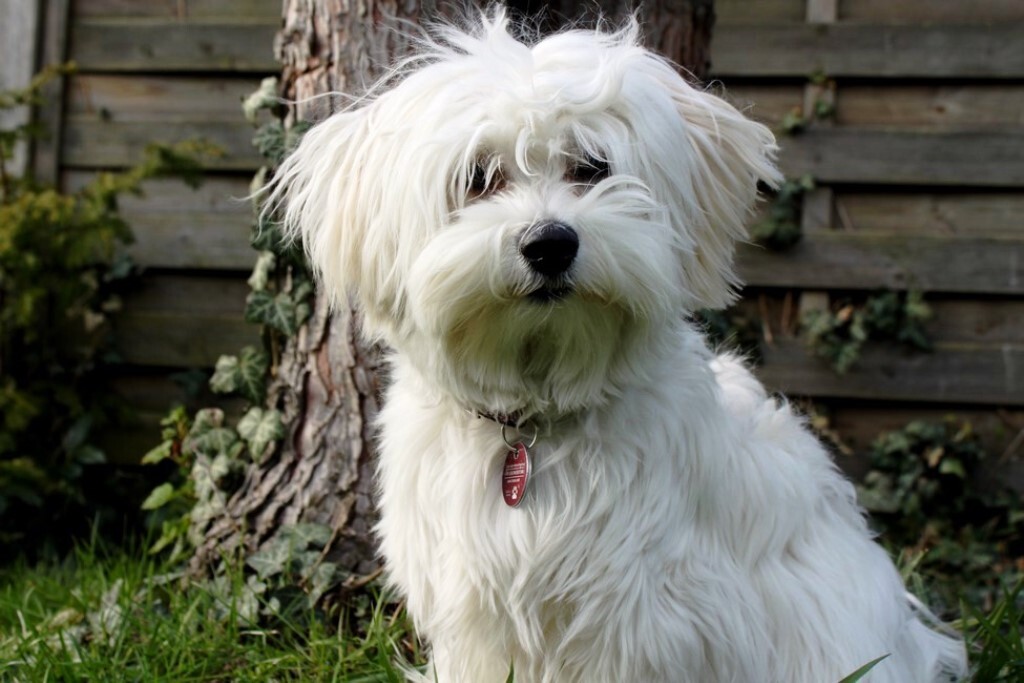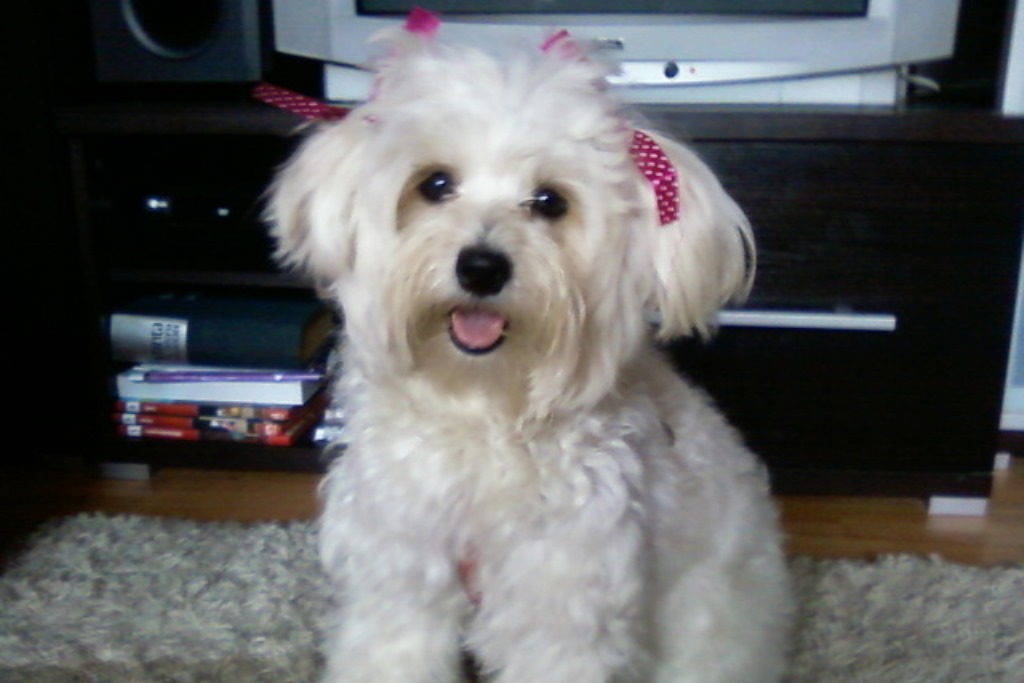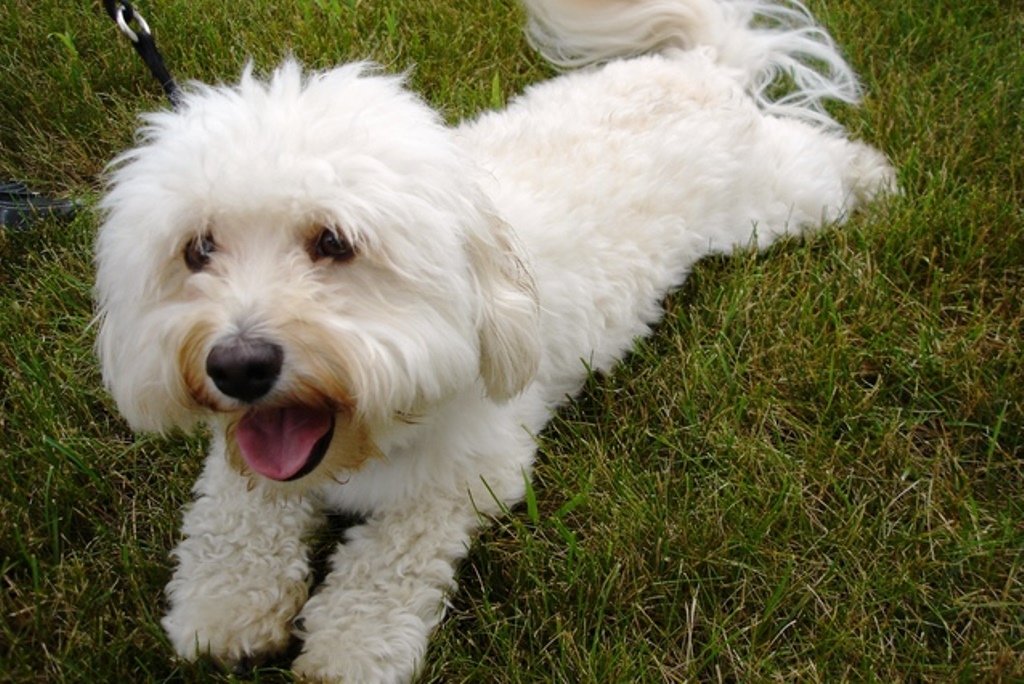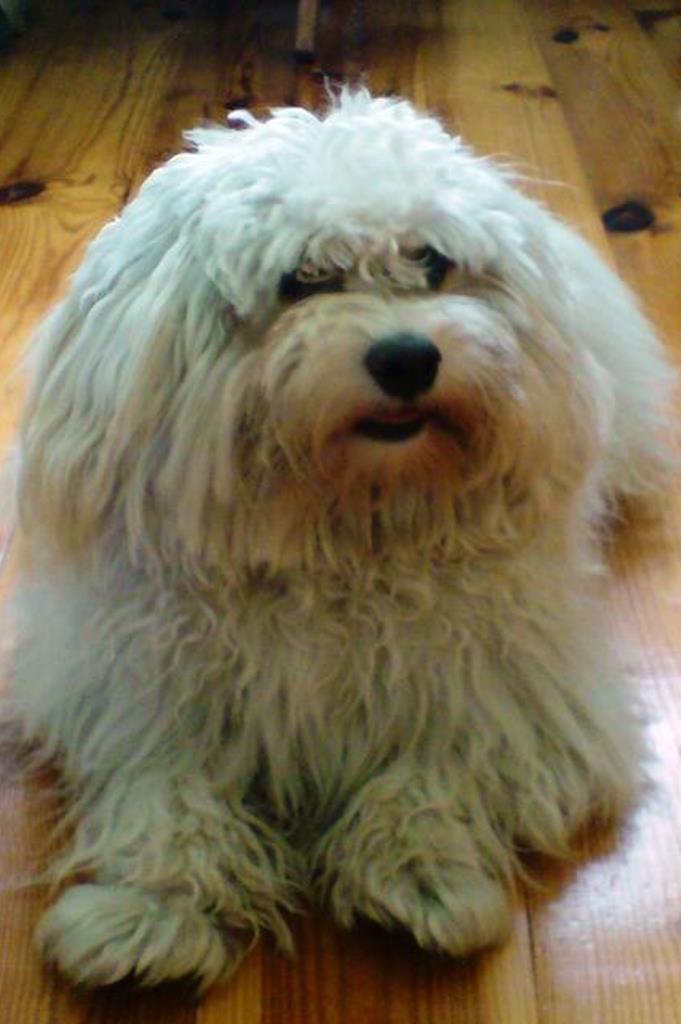
Unique Aspects of the Havanese Bichon Breed
The Havanese bichon dog breed originated in Havana, Cuba. It is not known who, perhaps an Italian or perhaps a Spaniard, imported the ancestors of the bichon to Cuba. Ancestors that may have been of different breeds: from the bichon to the dwarf bichon, or even crosses between Maltese and small Antilles dogs.
These dogs, however, gave rise to the bichon as we see it today, as crosses made in a very different environment from the original one underwent significant changes and became more rustic, robust and stocky.
It is called the Havanese bichon because it was created in Cuban territory. These dogs are not very well known in the United States where they were illegally imported and are almost unknown in the rest of the world, although they are currently enjoying a fair amount of success in Italy.
It is the classic companion and walking dog, small, friendly, playful and very lively. It is also called the Havana silk dog. It belongs to the bichon family.
Due to its affable and cheerful character as well as its tirelessness, it is much used in pet therapy and also participates in agility dogs for its propensity to play but also to be trained.
Character of the Havanese Bichon dog breed

As already mentioned, it is the perfect companion dog, because it is always cheerful, always lively, always happy and carefree, so much so that even when we are down, it reminds us that life, both human and dog, is beautiful.
The Havanese dog has a great facility in making friends with everyone, even with strangers who are cheerful and jovial towards him. It is therefore very well suited to families with children, as it is tireless at play.
He loves to be in contact with his owner and his family as much as possible, in fact he is not a dog that can be left alone for several hours, he suffers greatly from loneliness. Above all, be careful about leaving him alone in the garden, as he is very easy to pick up and take away, given his appearance, his size and his joviality with strangers.
He is suitable for both families with children and the elderly, as he does not need much exercise, although he likes walks, but also long sleeps on the sofa at home.
Educating him will be easy, as he is an intelligent dog, able to learn commands quickly and loves to please his master. It is therefore also suitable for those who are new to dogs.
It is very sociable with other dogs and also with cats, especially if it grows up with them, but good socialisation will avoid any problems.
Appearance of the Havanese Bichon dog breed

His appearance is immediately striking for the innate friendliness he inspires as soon as you see him. The typical expression of this little dog is also lively and affectionate, expressing cheerfulness.
It is a small dog, the male reaching a maximum of around 28 centimetres at the withers and weighing no more than 6 kilograms. The female usually a little less. Its construction is petite, solid and stable. Its bone structure is of the right ratio to the trunk. Its body is longer than it is tall, the legs are short, the feet small, the tail is carried on the back and becomes one with the rest of the body.
The head and muzzle are sharp, the cheeks are very flat and the skull flat and broad. The truffle is always black. The ears are triangular and pointed, are worn low and fall in a slightly raised fold. The eyes are large and very dark, preferably black and very expressive, with a rather rounded shape.
But its special feature is its coat. Very long, it can reach up to 18 centimetres in length and covers the whole dog, so much so that you cannot even see its legs. Its body, head, ears and tail are entirely garnished with a thick coat.
The coat is made up of hair that falls straight down; it is pleasing to the eye and characterised by locks that tend to curl at the end. Only the tail is sympathetically covered with ruffled hair. As far as the coat of the muzzle is concerned, this is slightly shorter than the rest of the body and is best left as it is.
As far as colours are concerned, many are accepted, from pure white, to brown, black or multicoloured, silver, fawn cream and tiger shades, recently the specification has also admitted the chocolate-coloured Havanese Bichon, rarely is it possible to find a dog of this breed that is completely white.
Care and health of the Havanese Bichon Havanese dog breed

The health of this dog breed is generally good, with no genetic problems. It is a dog that does not like the cold and therefore in particularly cold areas it may be advisable to cover it when taking it outside. The average lifespan is rather long, it can reach 16 years, but despite this it is particularly prone to some diseases, especially eye diseases, but not serious ones.
With regard to coat care, brushing must be frequent, if not daily to keep it silky. There is very little hair loss and no seasonal shedding.
As far as feeding is concerned, it is a dog that tends to eat what it needs, it does not tend to gain weight, so a balanced and controlled diet is sufficient, depending on its weight and daily exercise.






















